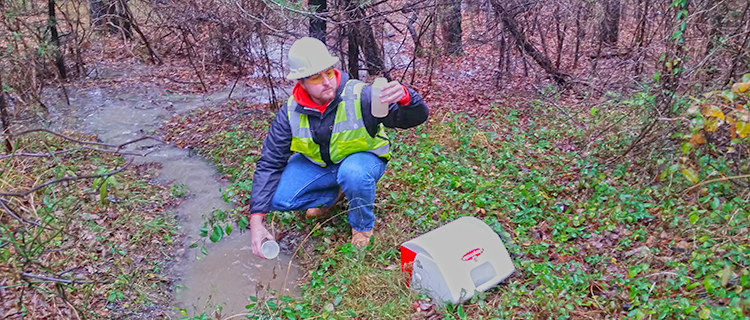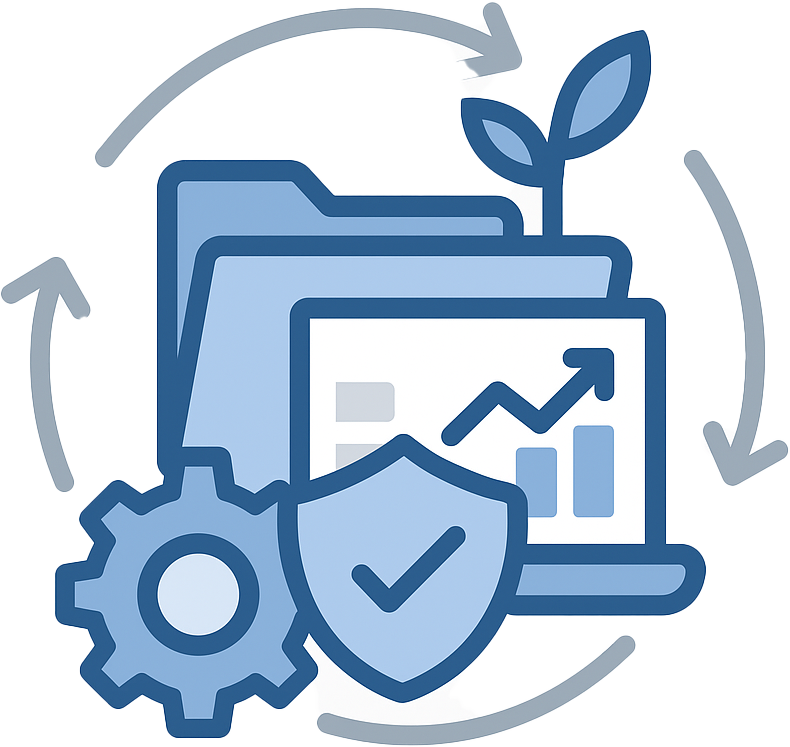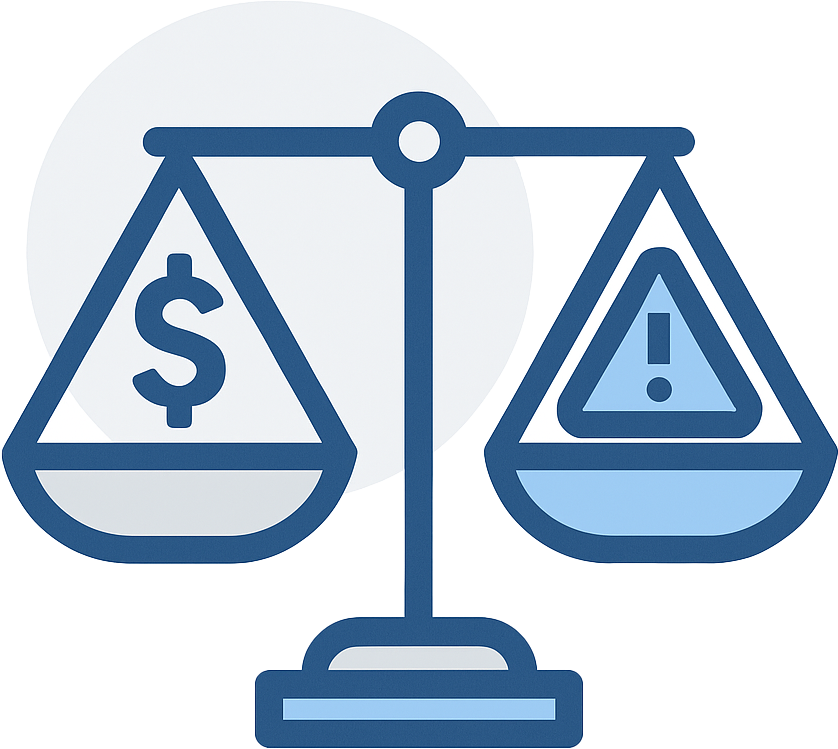These 9 simple tips can help you get better stormwater samples.
We do a ton of stormwater work here at RMA. One service we frequently get hired for is stormwater training, with folks specifically asking for help with their stormwater sampling techniques.
A lot of operations struggle to obtain good stormwater samples, so I've put together a brief list to help those out there looking for some quick help. If you're like thousands of other facilities across the United States covered under a stormwater permit, there's a pretty good chance you need to conduct some sort of stormwater monitoring, usually in the form of sampling, and these 9 tips should help you succeed every time.
How To Take a Good Stormwater Sample
First off, getting a good stormwater result is vital, because the results of that sample can mean the difference between compliance, or fines and violations. And no one wants to get in trouble for something as simple as stormwater sampling.
And secondly, I am absolutely not advocating cheating here. Always do your best to take a good sample, but never, ever cheat. Take the sample when you can, according to your stormwater permit. Never sample from another outfall, or use any other water source. Never, ever do anything other than what you should be doing. Believe me, it's a lot easier to deal with bad results than it would be to be caught cheating on your samples. Typically, being caught cheating on your samples would very likely mean serious civil and criminal penalties. That's right, you can go to jail.
Ok, so let's get into it.

1 - Understand your sampling & stormwater monitoring requirements.
Your stormwater permit will spell out specifically how to sample. If you don't understand the rules, get help and get trained, immediately! Typically your permit will outline when you can take a sample, when you can't, how long you should wait after it starts raining or discharging, etc. Also, what you need to sample for, and how long you can wait to get the analyses done by a lab (some are very short, such as pH needing to be done within 15 minutes). If you don't understand, find out! Read your permit!
2 - Know your stormwater outfall locations like the back of your hand.
Know exactly where to conduct stormwater sampling. Not "somewhere over there", or "around here someplace", but the exact location. I've seen too many bad samples taken because someone wasn't sure where to sample and sampled a bad location. Easy tip - take a picture of the spot and mark it clearly with an "X" and put it in your SWPPP. Also, put up a sign at the exact spot (a lot of permits require this anyway).
3 - Keep your stormwater sampling location clean.
Sampling from the end of a pipe is easy, but if you're sampling runoff from a shallow channel you run the risk of picking up more pollutants in your sample. If it's a pipe, keep it clean. If it's a ditch or channel, keep it clear of debris and trash. You have options when it comes to your sampling location. For instance, installing a concrete apron at your outfall location isn't cheating, and may help you get better samples. Just be aware, any changes to your outfall may need to be noted in your SWPPP.
4 - Regularly inspect your stormwater discharge location.
Even when it's discharging, and you're not sampling! How does the water normally look? Does it need to be clean or improved? Are your stormwater BMPs working? Get out there, stay safe, and inspect your discharge location.
5 - Use the right equipment for stormwater sampling.
Recently a client of ours got in trouble because an untrained employee used a filthy, dirty dustpan to scoop up a stormwater sample. That turned out to be a very costly mistake for the company and the employee. Get the right sampling equipment. Get bottles from your lab. Get a good pH meter for stormwater sampling if you need to sample the pH yourself.
6 - Clean your stormwater monitoring equipment.
I really wish I didn't have to say this, but clean your equipment. I see this so often it isn't funny. Too many times I see dirty, old sampling equipment. Would you serve dinner on a dirty plate? Wash up, dry your equipment, and keep it in a clean, dry, and safe place until you need it.
7 - Get your stormwater sample analyzed within its time constraints.
For instance, pH needs to be sampled within 15 minutes of taking the sample (and yes, the pH will change if you wait too long). Keep your sample cold (ice and a cooler works like a charm). Get it to the lab ASAP so your results don't change (which they will). If your samples aren't rejected by the lab outright, you can very possibly screw up the results.
8 - Take a good stormwater sample.
Again, I am absolutely 100% not condoning cheating at all. What I am saying is to take the best possible sample from your sampling location. Don't dig your water scoop into the mud. Don't walk through or stand upstream of your sampling location because you'll stir up sediment. How long of a sampling window do you have once stormwater starts discharging? For instance, I tell a lot of clients with a 30-minute window of opportunity to wait 20 minutes or so to take a sample. Let the initial flush of pollutants go before you take a sample. Little things here can make a huge difference.
9 - Get stormwater training!
This is self-serving, but education is the number one factor in getting a good sample. Make sure whoever takes samples is trained. Make sure whoever is their backup is trained. Train some additional staff members so they can alert others to things like when discharges occur, or if the outfall is in disrepair. Training is your friend, and being knowledgeable about your permit and the requirements you have to follow is extremely important.
Good stormwater samples are easier to take than you might think.
Last thing, remember your stormwater BMPs. They are designed to ensure that your site is neat, clean, and orderly, and reduces or eliminates pollutants in stormwater. Without them, you can take the best sample in the world, but it'll probably still fail. Conversely, a bad sample from a great site is still going to produce bad results. It's really a 2-part process for sample success: BMPs + good sampling technique = good sample results.
And one last thing. Use your sample results, and the discharge observations you make, as information in a "feedback loop". You observe the discharge is discolored from sediment, you need to ramp up your BMPs. See an oil sheen on the discharge, find out where it's coming from, and do something about it. This is the best way to get good sample results, which in turn should validate all the good work you've done.
Taking good stormwater samples is not impossible, and is within your grasp. Just know what you're doing (get training if not), know where, when, and how to sample, use the right equipment and keep it clean, know how to handle your samples after you've taken them, and it's really not that difficult.
Need help with stormwater sampling and permit compliance?
For a lot of folks out there, stormwater sampling is a pain to deal with. After all, you have a business to run! If you're overwhelmed, you're not alone. RMA has been actively involved in helping companies get and stay in compliance with stormwater permits across the United States since our founding in 1992. Long story short, we know the ins and outs of the environmental problems industrial and commercial facilities face and can help you get into compliance with stormwater permits and other applicable environmental laws and regulations, ensuring your business stays out of trouble and in compliance.
Our staff members have been on-site at thousands of operations across the country, so when we say we've seen it all and done it all, we mean it. We've helped everyone, from globe-spanning, multi-national organizations to small "mom & pop" operations. No matter your size or location, we'd love to learn how we can help.
So, if you're having any type of issue at your facility and need the help of an environmental consulting firm with a proven track record, reach out. Even if we can't help, we’ll do our best to steer you in the right direction. Feel free to contact us at info@rmagreen.com, click here to contact us, or give us a call anytime at 888-RMA-0230 to learn how we can help your facility deal with stormwater permits and other environmental regulations.
Additional Stormwater Permit Information











